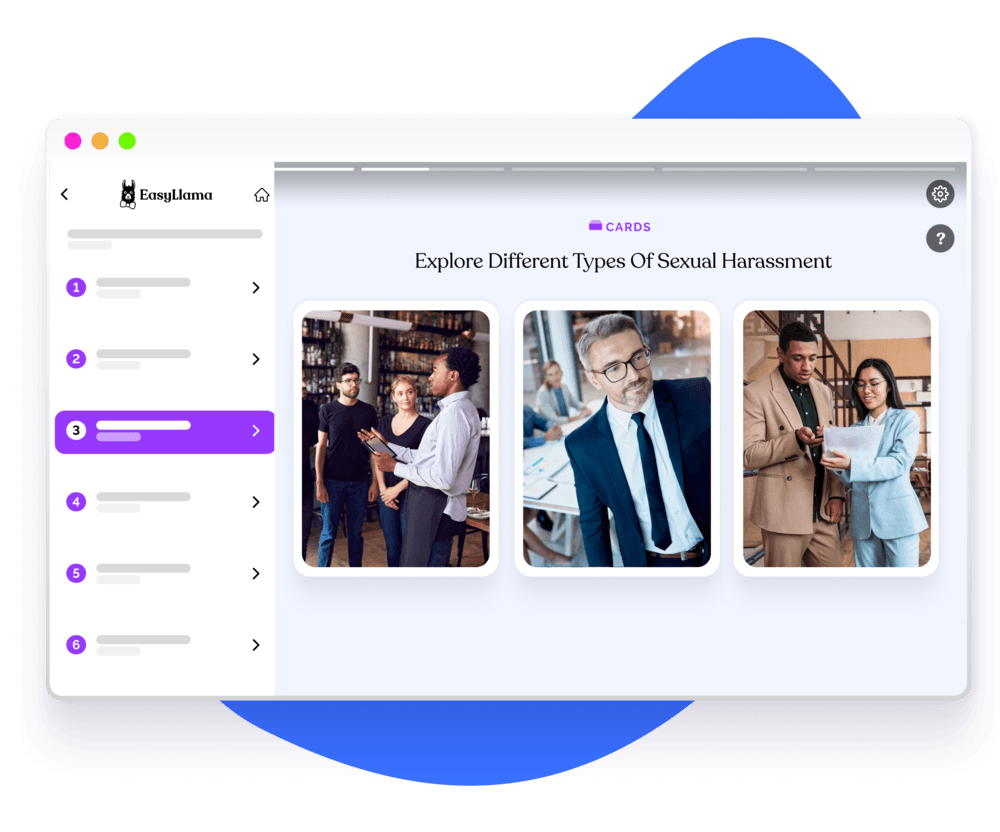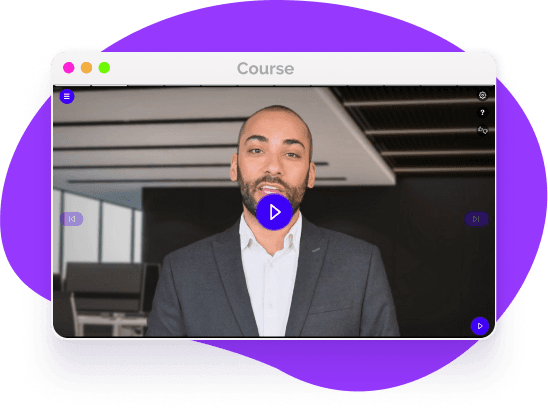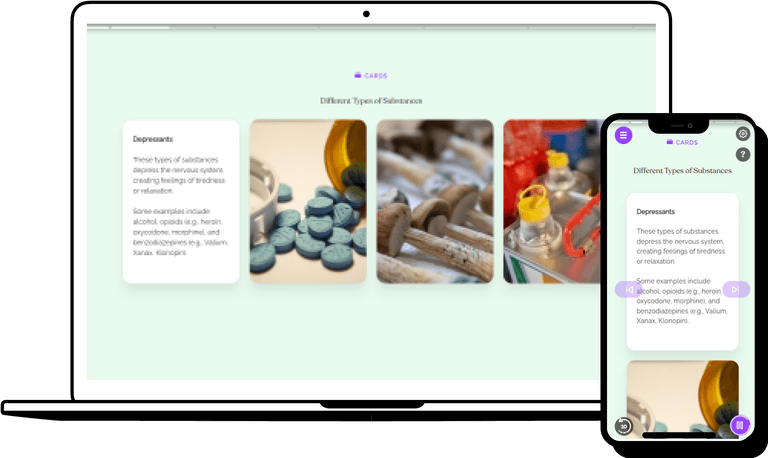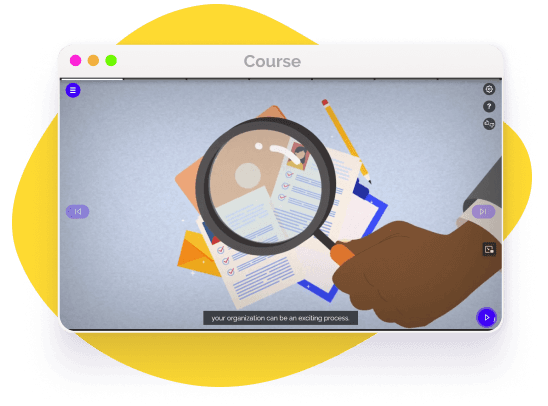Motivating & Communicating with Employees
Delegation and empowerment are two core techniques that successful leaders use to transfer tasks and duties to employees. These techniques help improve efficiency and free up leaders so they can focus on more pressing matters related to their jobs.

Delegating as a Leader
Delegation is a task-focused technique where the leader assigns tasks to employees and gives them little to no authority in how they are to complete them. Employees have the responsibility to complete the tasks, but the power over the tasks comes from the leader. Delegation is appropriate for mechanical, short-term tasks like low-level maintenance, clerical, and administrative duties, which entail specific instructions that must be followed.

Empowerment raises leaders
Empowerment is a motivational technique whereby the leader allows employees to decide how they will accomplish their assigned tasks. They are given responsibility for and ownership of the tasks and the autonomy to complete them. The empowerment technique is good for longer-term and more development and knowledge-related tasks such as strategic planning or research and development. With these duties employees will likely need more autonomy and creativity.

In order to inspire people, keep teams together and build trust, a good leader needs to be an effective communicator. Ineffective communication can lead to misinterpretations, misunderstandings, missed deadlines and more.
A courteous communicator keeps the audience in mind and recognizes their point of view. Showing respect for and an appreciation of the person you are communicating with can go a long way in fostering effective communication. Coherent communication is logical in its flow. It is not rambling or disjointed. This helps prevent audience frustration and allows them to easily follow along with the message.
A complete message is one that includes all that you are trying to convey. Whether in written or spoken form, you should provide the audience with the full intent of your message. Avoid the use of unnecessary words that can muddy up and/or bog down a message. Be succinct in your word choice. Your audience will thank you! Written and spoken messages can lose their impact if they are too abstract. Make them tangible so that people immediately understand what is being conveyed. This also helps prevent the audience from having to interpret or guess the point of the message.
Clarity is necessary in both written and spoken communication. You should know the purpose or goal of your message before you communicate with someone. This avoids confusion and misunderstandings. Be accurate and factual in the details of your message. Ensure that your writing is free of spelling and grammatical errors. When speaking, use language that is appropriate for your audience.

The Manager-As-Coach Leader
In the Digital Age, organizations realized that the traditional command-and-control leadership method wasn’t very helpful. Coaching and mentoring are based on support and guidance rather than giving orders. A successful manager-as-coach asks questions to help the employee continuously improve skills and maximize performance. To help employees reach their full potential, coaching leaders can speak with their staff members about setting realistic goals and manageable action points.
Inspiring your Team members
We all need some kind of inspiration to get up in the morning and do tasks that many times we wouldn't want to do. Leaders need to learn how to encourage employees to join them on their journey to being successful. These are the most relevant methods that you can use to motivate your team members.
Here are some myths to look out for:
- -
Goals- This entails a time frame, objectives and the steps that the team will need to take to get there.
- -
Feedback- Without feedback we can't decide whether we are heading in the right direction or be able to reflect on our mistakes.
- -
Compensation- By making your employees feel more valued, they will likely stay longer and be more committed, which will increase growth in return.

The most Robust Leadership training on the market
Applying the fundamentals of coaching and mentoring help both leaders and employees to find answers to the former and newly emerging issues in our lives. EasyLlama’s Leadership Essentials course goes far beyond typical leadership training. It is hard work to be a good leader, and only by learning and developing ourselves can we get there. Our course evaluates employees’ grasp on their leadership abilities through engaging videos, interactive quizzes, and scenarios that reflect real-world situations.

Helping over 8,000 organizations create a safer, more productive workplace
This online training course from EasyLlama explores foundational traits for an effective leader that can be applied in the workplace. Strong leaders can help maximize productivity, achieve business goals, motivate employees, handle conflict, and initiate action. The course covers:





















